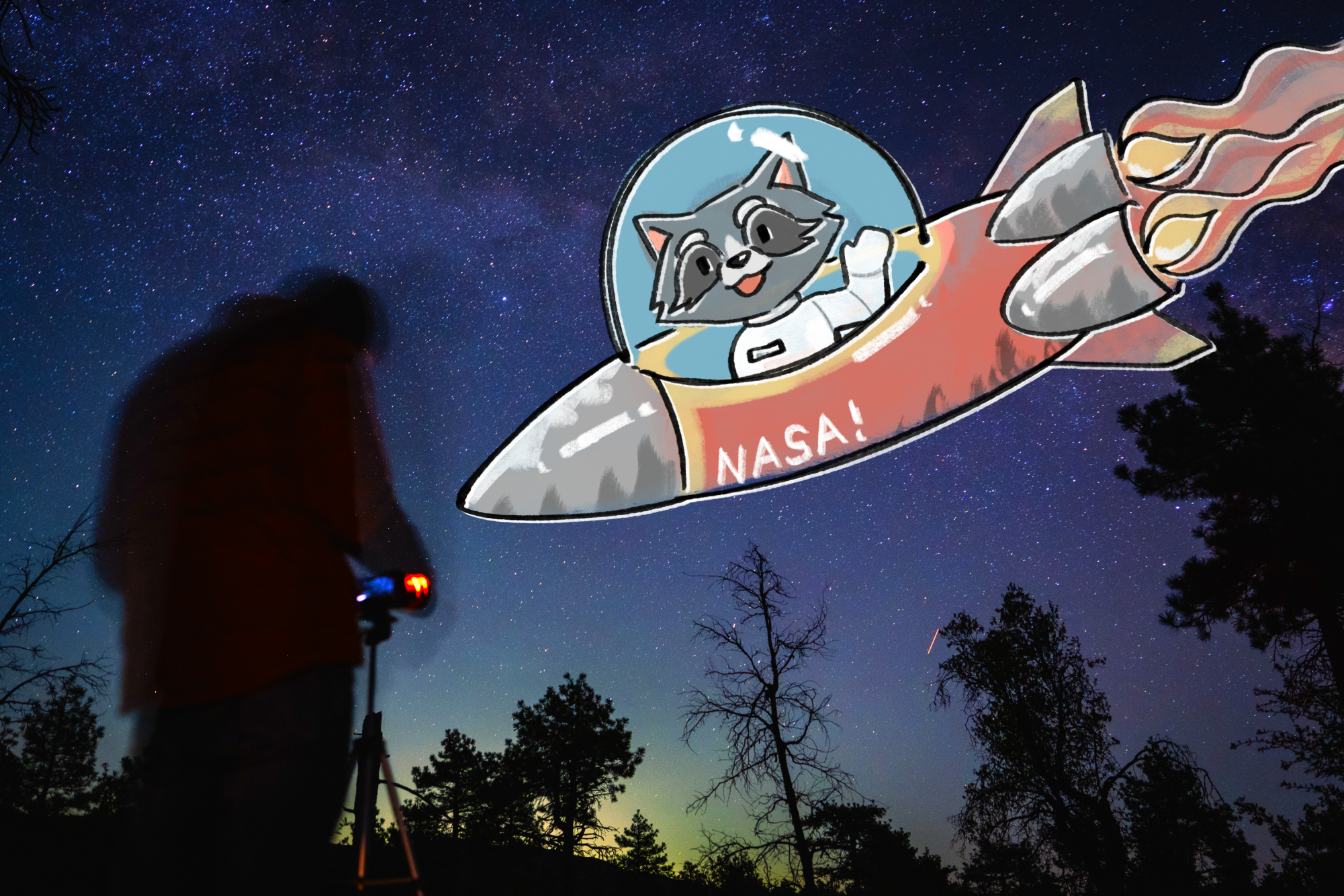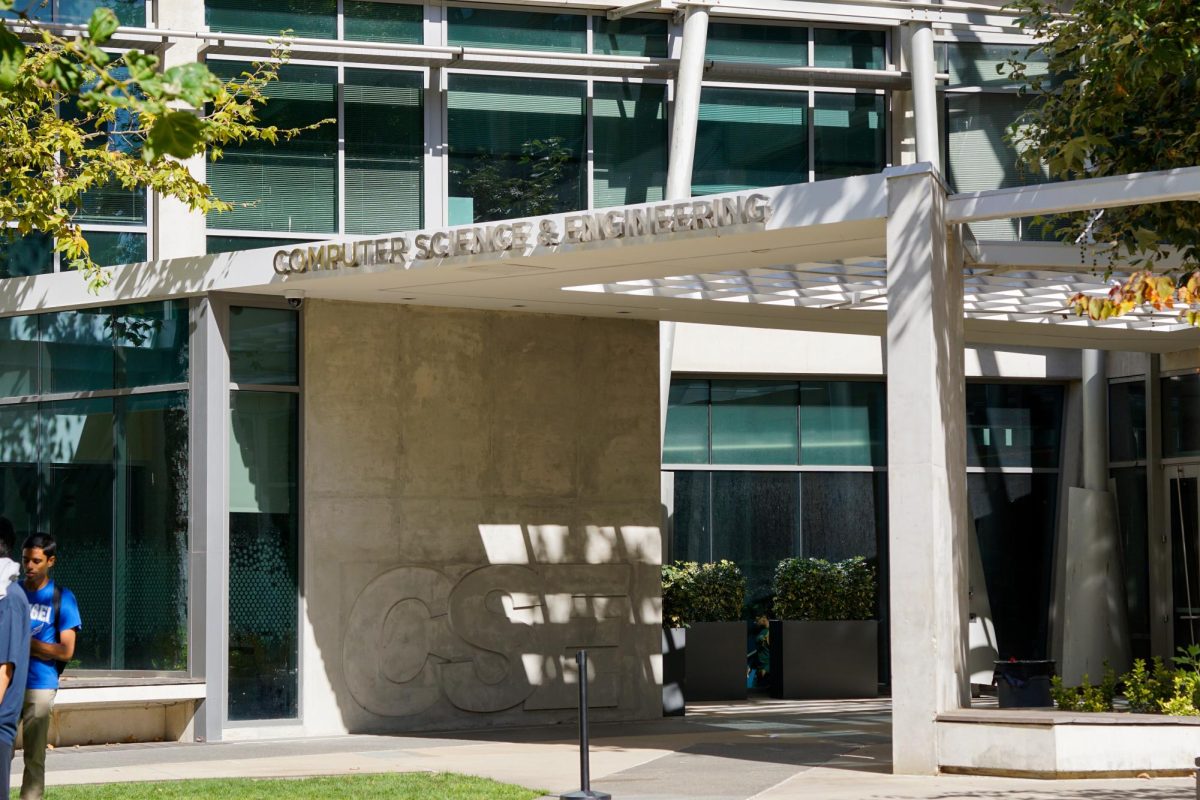Two UC San Diego-led groups have been selected by NASA to pursue proposed concept projects for future satellite missions, chosen in order to help scientists better understand how climate change is affecting Earth.
Both proposals were led by Scripps Institute of Oceanography faculty, one by professor and glaciologist Sarah Gille, and the other by professor and physical oceanographer Helen Amanda Fricker. Their proposals constitute two of four cohorts from universities across the United States to be selected by NASA’s Earth System Explorers Program. ESEP, according to NASA’s website, conducts Principal Investigator-led studies to investigate Earth systems through science-related research. Both cohorts will receive $5 million to pursue their concept study.
Gille’s proposal, “Ocean Dynamics and Surface Exchange with the Atmosphere,” seeks to launch a satellite that would measure and deliver ocean and wind current outputs within six hours to see how air-sea interactions work in tandem to affect Earth’s climate. The project will give insight as to how these interactions, within the mixing layer of ocean and atmosphere, affect Earth’s weather and sea ecosystems.
“ODYSEA goals are to measure ocean surface currents and surface winds over the entire planet,” Gille said. “ODYSEA will provide insights into the coupling between the ocean and atmosphere and will deliver the very first global images of total surface currents. In addition to enabling new science, ODYSEA measurements will support a range of applications, including weather prediction and maritime operations.”
Fricker’s project, Earth Dynamics Geodetic Explorer, seeks to measure the topographic structure of sea ice to view changes in response to climate change. EDGE will be a continuation of Fricker’s efforts to precisely measure polar ice levels via satellite. Fricker’s past collaboration with NASA, ICESat-2, used a satellite with laser instruments in measuring elevation levels by the time it takes for space beams to travel to and back from Earth within space.
The four teams selected now have nine months to write a more extended proposal, called a Concept Study Report, to further demonstrate how their proposed satellite can meet their intended goals.
Each of the UC San Diego-based projects will be given one year to begin their proposals, specifically to finalize the capabilities of their satellite structures. After this period, two of the four groups will have their proposal selected to go forward with a $310 million launch. According to a NASA press release, the expected launch years are set to take place in 2030 and 2032.









